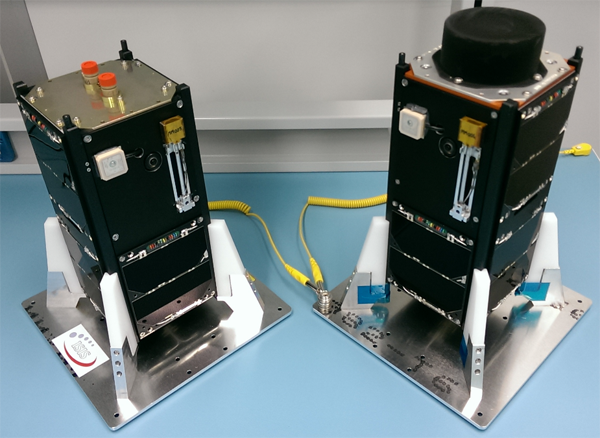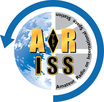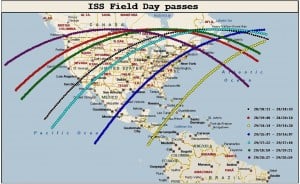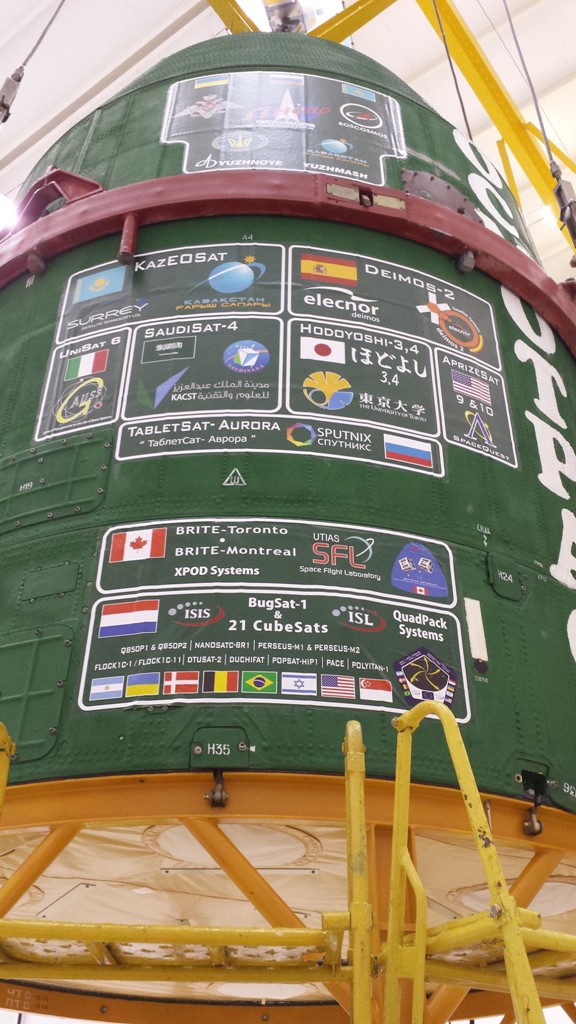AMSAT-NA OSCAR number coordinator Bill Tynan, W3XO has announced that:
“I have received your request for OSCAR Numbers for CubeSats QB50p1 and QB50p2 and from everything I can determine these spacecraft meet all of the requirements necessary to receive OSCAR numbers. Therefore, by the authority vested in me by the AMSAT-NA President, I hereby confer the designation European OSCAR 79 to CubeSats QB50p1 and European OSCAR 80 to CubeSat CubeSats QB50p2. These designations can, of course, for convenience be shortened to EO-79 and EO-80. I, and the entire amateur satellite community, hope for successful missions for both EO-79 and EO-80 and congratulate AMSAT-NL and the ISIS team as well as all who contributed to these new Amateur Radio satellites for their success in building, testing and launching these new OSCARs.”
On behalf of the AMSAT-NL Qb50p team, Wouter Weggelaar, PA3WEG replied:
“Thank you very much for awarding these OSCAR numbers. They underwrite the collaborative nature of the mission, the help of radio amateurs, and the importance of amateur radio to the CubeSat community. I am very proud to receive these numbers. We anticipate the transponders to be activated about six months into the mission, and will update the AMSAT-BB on the activation and well being of the satellites.”
QB50 Precursor Mission Page: http://www.isispace.nl/HAM/qb50p.html




